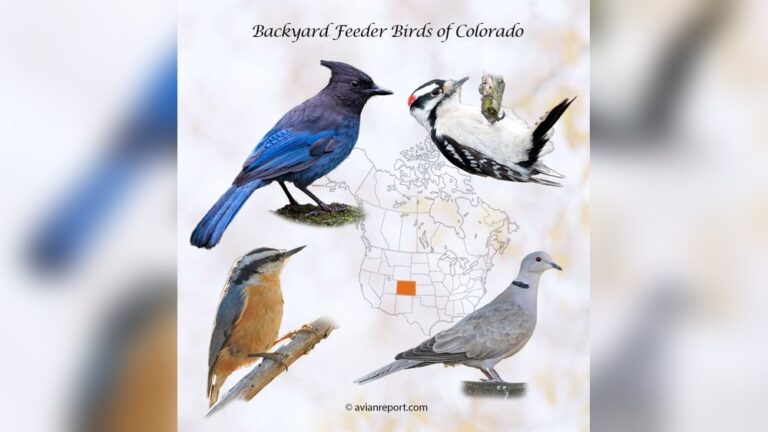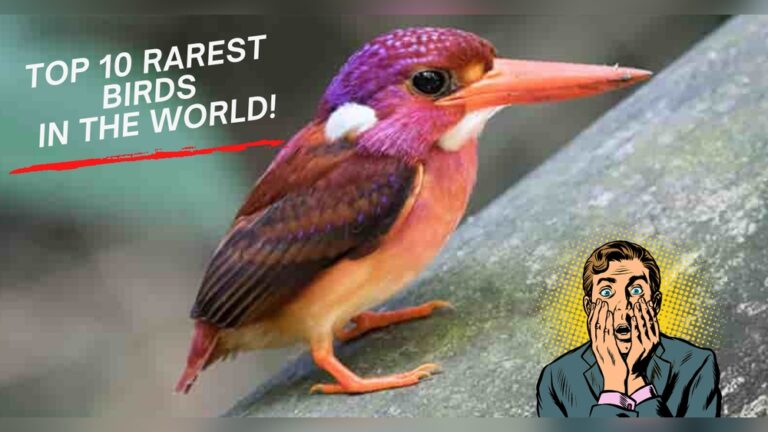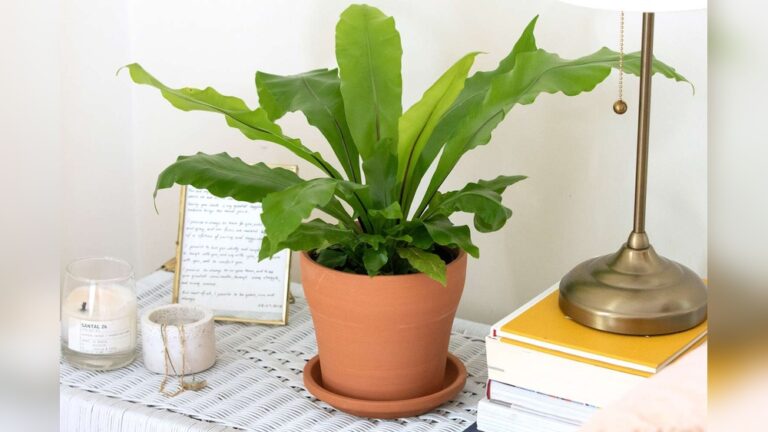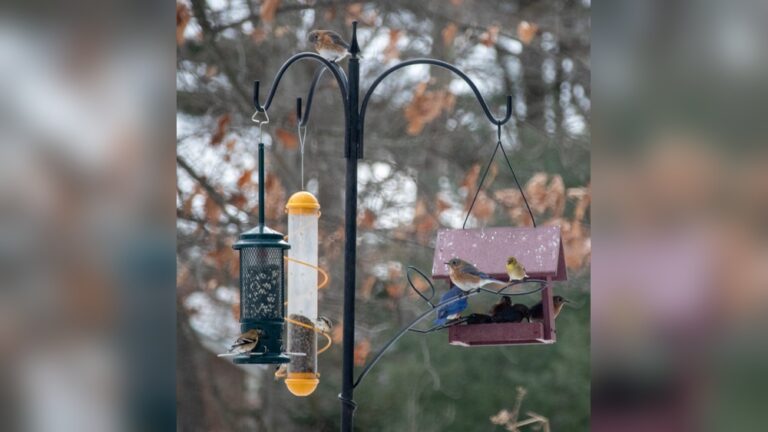Attracting Finches To Your Backyard
If you love watching colorful birds flutter around your garden, attracting finches to your backyard can bring endless joy. These small, cheerful birds brighten up any outdoor space with their lively songs and vibrant feathers.
Imagine sitting on your porch, sipping your favorite drink, while finches happily visit your feeders and plants. You’ll discover simple, effective ways to make your backyard a finch magnet. Ready to invite these delightful visitors and enjoy nature up close?
Keep reading to learn how to create the perfect finch-friendly environment right outside your door.
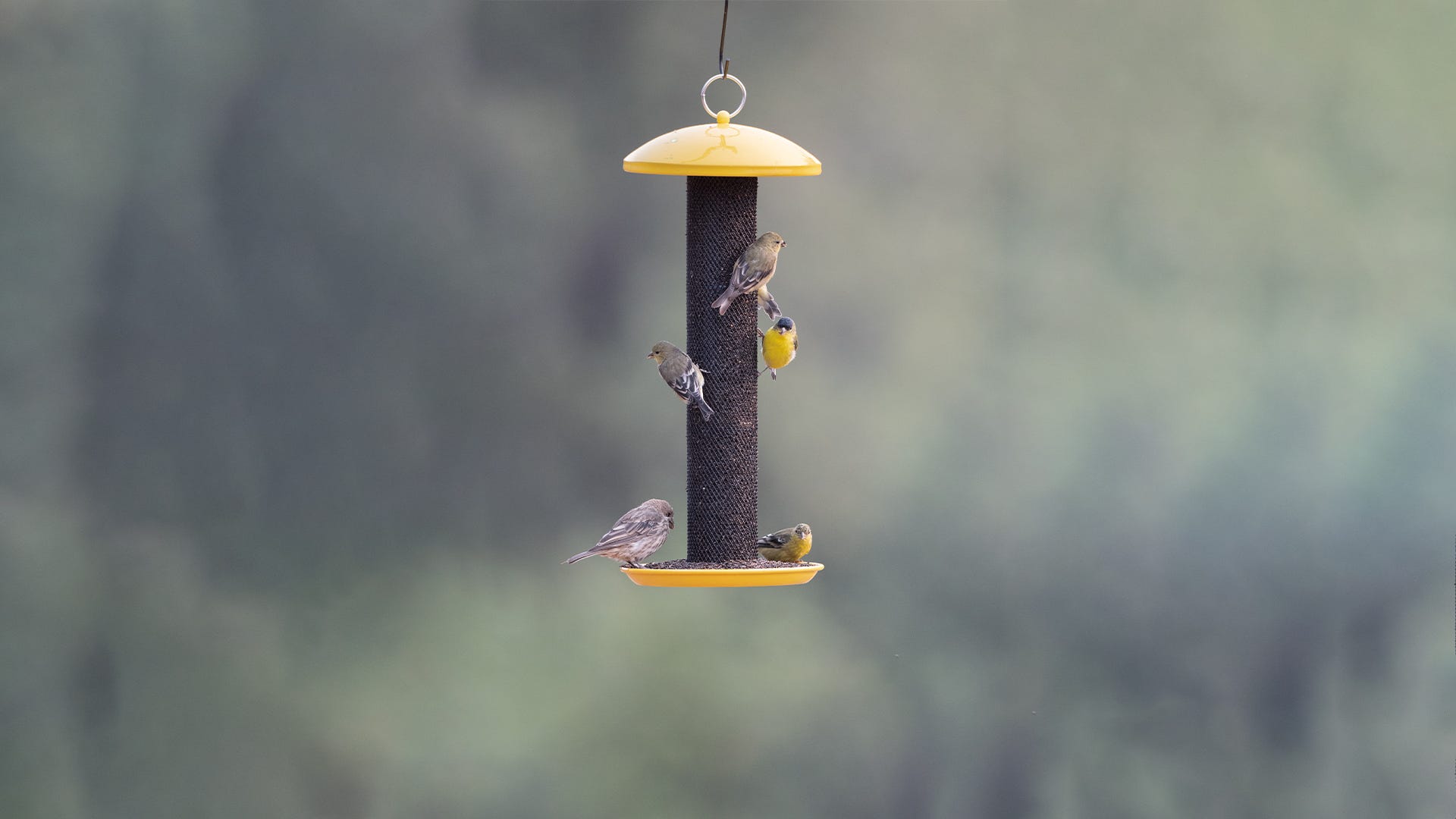
Credit: www.perkypet.com
Best Finch Species For Backyards
Choosing the best finch species can brighten your backyard with color and song. Some finches adapt well to garden life. They are easy to attract and care for. Knowing which types suit your area helps you create a welcoming space for these birds.
Finches come in many shapes and colors. Each species has unique habits and food preferences. Picking the right finch species ensures you enjoy their presence all year round.
Common Finch Types
House Finches are popular and found across many regions. They have red heads and brown bodies. Their cheerful chirps add life to any garden. Purple Finches show a deep raspberry color. They prefer wooded areas but visit feeders often.
American Goldfinches are bright yellow in summer. Their small size and lively movement make them easy to spot. Lesser Goldfinches are smaller and mostly found in the west. They like sunflower seeds and thistle feeders.
Finch Behavior And Preferences
Finches enjoy seed feeders, especially those with small ports. They prefer sunflower and nyjer seeds. These birds often visit in small groups or pairs. They are active during the day and rest at night.
Many finches like open spaces near shrubs or trees. These provide shelter and safe nesting spots. They avoid loud noises and sudden movements. Quiet, calm gardens attract more finches over time.
:strip_icc()/BHG-How-To-Attract-Goldfinches-For-Backyard-Birdwatching-93t1vrM_qeWAQuJJat0jsh-9a3529430f434deea78089ce7fb81f28.jpg)
Credit: www.bhg.com
Choosing The Right Feeders
Choosing the right feeders is key to attracting finches to your backyard. Different feeders suit different types of seeds and birds. The right feeder makes it easier for finches to eat and feel safe. Good feeders also keep seeds fresh and dry. This helps avoid waste and keeps birds healthy.
Types Of Feeders
Tube feeders are popular for finches. They have small holes that fit tiny beaks. These feeders hold seeds like nyjer and thistle, favorites of finches. Mesh feeders work well too. They allow finches to cling and peck at seeds easily. Platform feeders attract many bird types, but finches prefer feeders that limit larger birds. Avoid feeders with large openings that let big birds take over.
Placement Tips
Place feeders in quiet spots near bushes or trees. Finches like cover to feel safe while feeding. Avoid placing feeders too close to windows to prevent collisions. Keep feeders at least 5 feet above the ground. This helps protect birds from cats and other predators. Clean feeders regularly to avoid mold and disease. Rotate feeder locations occasionally to keep birds curious and coming back.
Selecting Finch-friendly Food
Selecting the right food is key to attracting finches to your backyard. These small birds have specific tastes that keep them coming back. Feeding finches with the best food helps them stay healthy and active. It also makes your backyard a lively, colorful place.
Choosing finch-friendly food means knowing what seeds they love and which foods to avoid. This knowledge ensures your feeding efforts are safe and effective. It creates a happy environment for the birds and a joyful experience for you.
Seeds Finches Love
Finches enjoy small, soft seeds that are easy to eat. Nyjer seed is a top favorite. It is tiny and rich in oil, perfect for finch nutrition. Sunflower seeds, especially the striped and black oil types, attract many finch species.
Millet also appeals to finches. White proso millet is a common choice. It is small and easy for finches to handle. Offering a mix of these seeds increases your chances of attracting various finch types.
Avoiding Harmful Foods
Not all seeds and foods suit finches. Avoid feeding bread, as it lacks nutrition and can harm birds. Also, stay away from salted or flavored seeds. These can be toxic to finches.
Keep away from large seeds like pumpkin or large sunflower seeds. Finches find them hard to eat. Stay clear of spoiled or moldy seeds. They can cause illness and discourage birds from visiting.
Creating A Finch Habitat
Creating a finch habitat in your backyard invites these colorful birds to visit often. It means providing food, shelter, and water that finches need to thrive. A well-planned habitat makes your space a safe and attractive place for finches.
Native Plants For Shelter
Native plants offer the best shelter for finches. They provide natural cover from predators and harsh weather. Choose shrubs and small trees that grow well in your area. These plants also attract insects, which finches eat. Dense foliage gives finches a place to build nests and rest safely.
Water Sources
Fresh water is essential for finches. A birdbath or small pond works well. Keep the water clean and fresh every day. Shallow water with gentle edges helps finches drink easily. Moving water, like a small fountain, can attract finches by sound and sight.
Seasonal Tips For Finch Attraction
Attracting finches to your backyard changes with the seasons. Each season needs different care to keep finches visiting. Understanding these seasonal needs helps create a safe and inviting space for finches all year.
Spring And Summer Care
Spring and summer bring nesting and feeding opportunities. Provide fresh seeds like nyjer and sunflower to attract finches. Plant native flowers and shrubs that offer natural food and shelter. Keep water sources clean and fresh for drinking and bathing. Avoid using pesticides to protect finches and their food supply. Create quiet spots where finches can nest safely away from predators.
Winter Feeding Strategies
Winter is tough for finches. Food is scarce, so offer high-fat seeds like sunflower and thistle. Place feeders in sheltered areas to protect birds from wind and snow. Change water often to prevent freezing. Use feeders with covers or baffles to keep seeds dry. Refill feeders regularly to maintain a steady food supply. Providing warmth and food helps finches survive cold months and return in spring.
Common Challenges And Solutions
Attracting finches to your backyard is rewarding but can come with challenges. Common problems include predators and pests that scare away or harm the birds. Knowing simple solutions helps keep finches safe and comfortable. This section covers two main issues and how to handle them effectively.
Predator Prevention
Predators like cats, hawks, and snakes pose a big threat to finches. Keep cats indoors or away from feeding areas. Use feeders that hang from thin wires or poles to stop climbing predators. Place feeders near bushes or trees so finches can quickly hide if danger appears. Avoid ground feeders, as they invite predators closer. Watching your yard regularly helps spot risks early.
Dealing With Pests
Pests such as squirrels and insects can steal seeds and disturb finches. Use squirrel-proof feeders to block their access. Choose feeders with weight-sensitive perches that close for heavier animals. Clean feeders often to prevent insect buildup. Planting mint or garlic nearby can naturally repel pests. Keep food fresh to avoid attracting unwanted bugs and rodents.
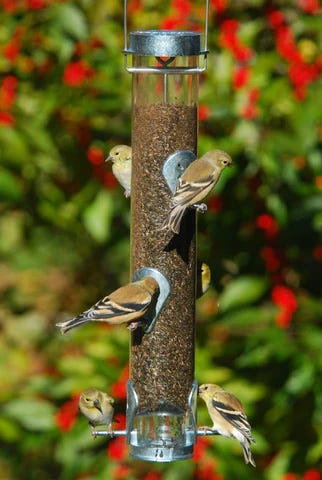
Credit: www.perkypet.com
How Smart Pets Lover Can Help You with Attracting Finches To Your Backyard
Turning Finch Watching Into a Learning Experience
Welcoming finches into your backyard is more than just a delightful way to enjoy nature—it’s also a wonderful opportunity for practical learning. As you explore the best finch species for backyards and experiment with selecting finch-friendly food, you’ll naturally start observing their behaviors and preferences. This hands-on experience offers insights into bird habits, seasonal changes, and even local ecology.
Creating a finch habitat, as discussed earlier, encourages curiosity about native plants and wildlife conservation. It’s an engaging way for families and pet lovers to connect emotionally with the natural world, enhancing awareness and responsibility towards animals beyond typical pets like dogs and cats.
- Track which feeders attract the most finches and note any seasonal shifts.
- Observe how different foods influence finch activity and health.
- Use these observations to deepen your understanding of bird care and habitat needs.
For anyone eager to dive deeper, Smart Pets Lover remains a friendly resource to help you feel confident and informed every step of the way. Reach out anytime at [email protected] for guidance rooted in genuine care and passion.
Frequently Asked Questions
What Food Attracts Finches To Backyard Feeders?
Finches love nyjer seeds, sunflower seeds, and thistle. These seeds provide essential nutrients and attract various finch species. Using specialized feeders for small seeds helps reduce waste and keeps finches comfortable while feeding.
How To Create A Finch-friendly Backyard Habitat?
Plant native shrubs, trees, and flowers to provide shelter and food. Include water sources like birdbaths. Avoid pesticides to maintain a healthy environment for finches and other wildlife.
When Is The Best Time To Attract Finches?
Finches are most active during spring and fall migration. Providing food and water during these seasons increases your chances of attracting them. Year-round feeders help support finches during winter and summer too.
What Type Of Feeders Do Finches Prefer?
Tube feeders with small ports or mesh feeders are ideal. These feeders accommodate finches’ small beaks. Place feeders in quiet, sheltered areas to protect finches from predators and harsh weather.
Conclusion
Attracting finches to your backyard brings joy and life to your space. Planting native seeds and providing fresh water helps them visit often. Finches enjoy safe places to rest, so add shrubs or small trees. Watching these colorful birds can brighten any day.
Small changes create a welcoming home for finches. Start with simple steps and enjoy nature close to you. Your backyard can become a peaceful spot filled with bird songs. Keep feeding and caring, and finches will keep coming back.

